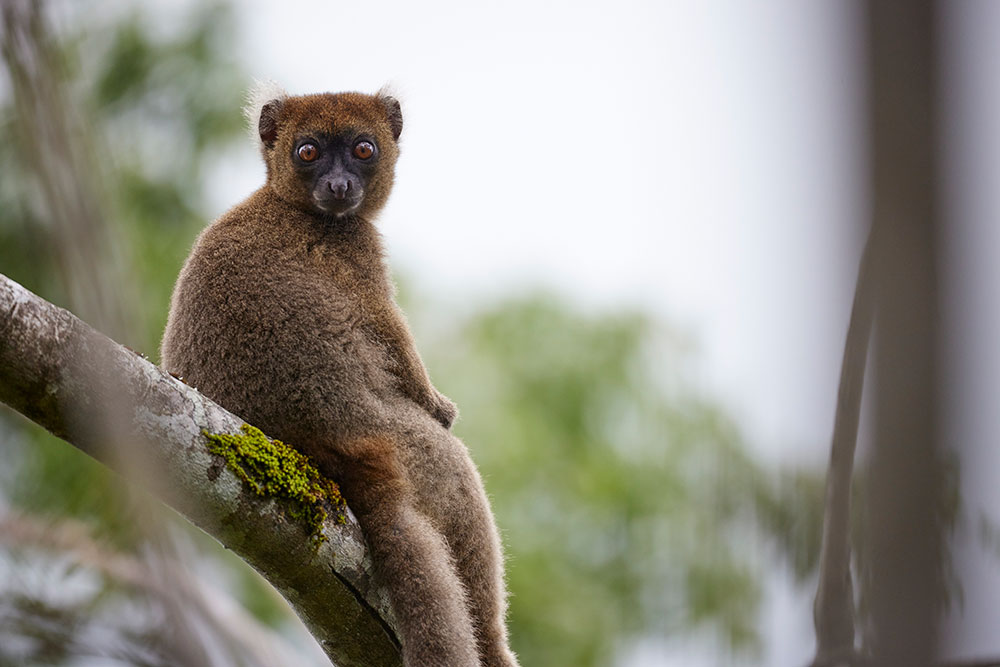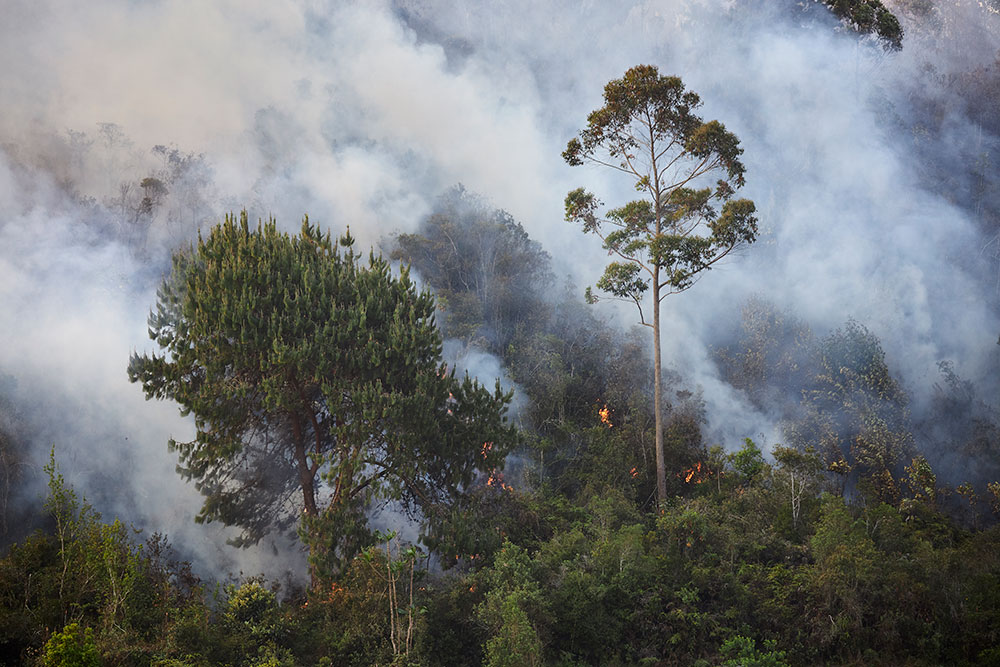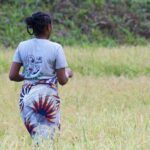A species to the brink of extinction
The Greater Bamboo Lemur, Prolemur simus, is one of the most endangered lemurs in Madagascar. This primate belongs to the Lemuridae family. It genus is monospecific, meaning that it includes only one species.

While widely distributed in Madagascar in the past (many subfossils found in north, west and central Madagascar), today the species is only found in the rainforests of eastern Madagascar.
The first observations of greater bamboo lemurs date back to 1986-87 when the species was rediscovered in Kianjavato and then Ranomafana National Park altough it was thought to be already extinct. It is listed as Critically endangered on the IUCN Red List since 1996.
Until November 2008, one was thought that fewer than 100 individuals remained in the wild, divided in 5 sub-populations isolated from each other, mostly composed of few individuals living outside protected forests, in degraded areas. In November 2008, a new population was discovered in southeastern Madagascar in the commune of Tsaratanana. This discovery is at the origin of the Bamboo Lemur programme.
In January 2010, the wild population was estimated to 221-331 individuals (MFG, 2010). New surveys conducted in 2010 led to the discovery of several new populations. Then in February 2011, the wild population was reassessed to 411-423 individuals in 15 areas (MFG, 2011).
Today the global population is estimated between 1,200-1,500 individuals.
Greater bamboo lemurs live in the rainforests of low to high altitudes (100-1650 m) in eastern Madagascar. They are also found in degraded environments, in forest fragments of bamboo, or even in cultivated areas (rice fields, coffee plantations…).

Their diet is very specialized and consists almost exclusively of bamboo of which they consume all parts. Opportunistic if necessary, they can supplement their diet with sugar cane, lychee, coffee, etc… They come to the ground for drinking (water is very important), eating soil or just relaxing.


Active both day and night, greater bamboo lemurs live in group sometimes up to 60 individuals in a social system called « fission fusion » which is not yet well understood. Their home range is highly variable and probably related to the available suitable habitat (area, quality…).
There is a breeding season and the births take place in October and November. Females have 1 baby per year. Gestation length was precisely determined at Paris: 150 days (+/- 3 days). Twins are rare: only one observation in captivity and one in the wild. The average weight of a newborn is 80g.

Females are very good mothers, very protective with their young which are fully independent at the age of 1 year (weaning at the age of 8.5-10 months). Females have their first oestrus at about 1.5 year of age and can have their first baby at 2 years old. Males are mature later than the females (around 2.5 years old). Unlike most of the lemurs, the male is dominant within this species.
The species is threatened by habitat destruction and fragmentation (which lead to the isolation of the populations), by forest degradation (tavy, logging…), by hunting and mining (water pollution), lack of protection for almost all the wild populations…







